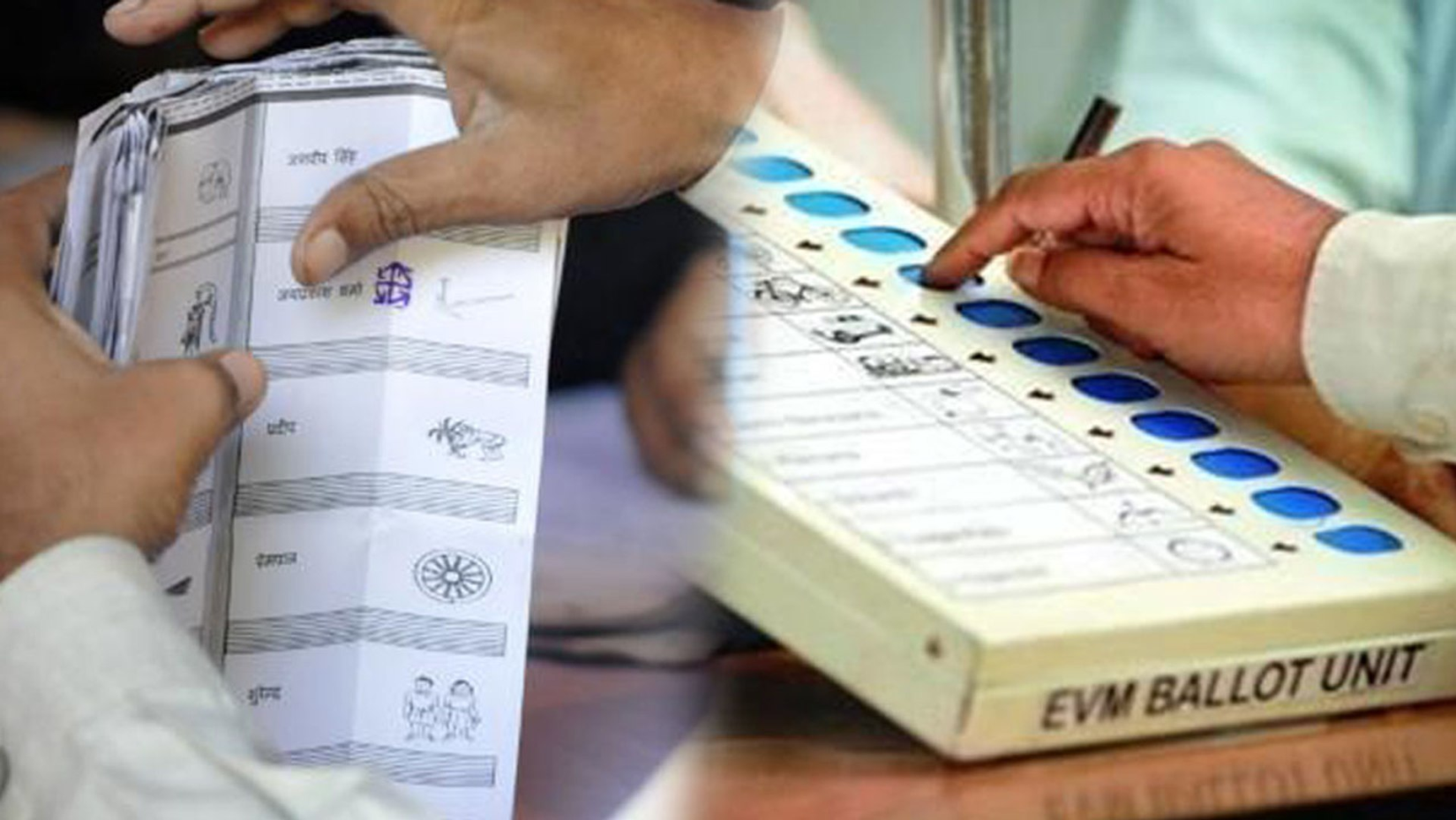Free Courses Sale ends Soon, Get It Now


Free Courses Sale ends Soon, Get It Now



Copyright infringement not intended
Picture Courtesy: https://www.dailymotion.com/video/x6xlq7o
Context: The recent Supreme Court hearing regarding Electronic Voting Machines (EVMs) and the suggestion of returning to ballot papers has sparked a significant debate on the sanctity and reliability of the electoral process in India.
Details
Supreme Court's Response and Key Points
|
Key Points |
Electronic Voting Machines (EVMs) |
Ballot Papers |
|
Voting Process |
Voters use EVMs to select candidates by pressing buttons |
Voters manually mark their choices on paper ballots |
|
Voter Experience |
Generally considered user-friendly and efficient |
Requires physical handling of paper ballots |
|
Transparency |
Some concerns over the transparency of the electronic process |
Voting process and counting are visibly transparent |
|
Voting Efficiency |
EVMs can facilitate quicker counting and reduced chances of errors |
Counting can be time-consuming and may involve manual errors |
|
Cost Effectiveness |
Initial investment in EVMs, but cost-effective in the long run |
Relatively lower initial cost, but ongoing expenses for printing |
|
Voter Confidence |
Subject to doubts and concerns about tampering or malfunction |
Often recognised as more secure due to physical process |
|
International Practices |
Widely used in various countries as a modern voting technology |
Some countries still use or consider returning to ballot papers |
Way Forward
Must Read Articles:
Electronic Voting Machine (EVM)
Source:
|
PRACTICE QUESTION Q. New technologies like social media and electronic voting machines (EVMs) offer both opportunities and challenges for elections. How can the Election Commission leverage these advancements while mitigating potential risks like misinformation and hacking? |
© 2024 iasgyan. All right reserved